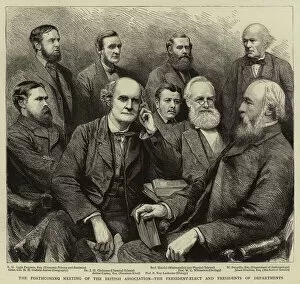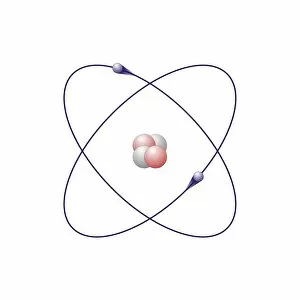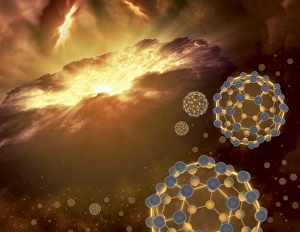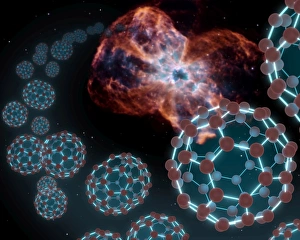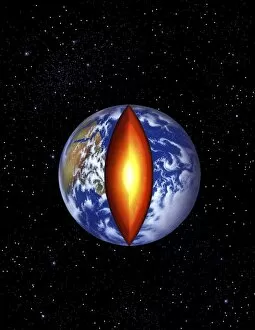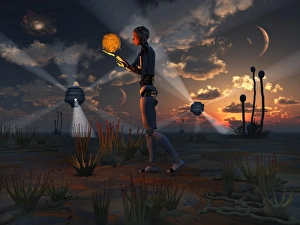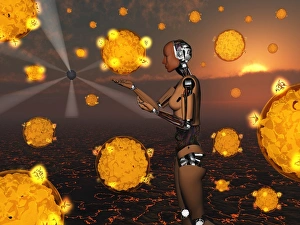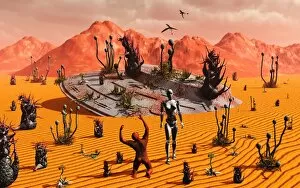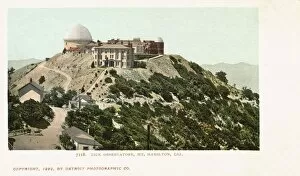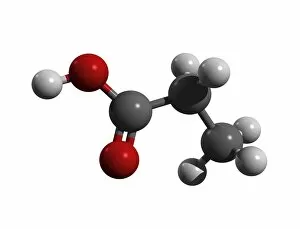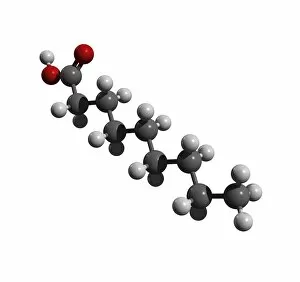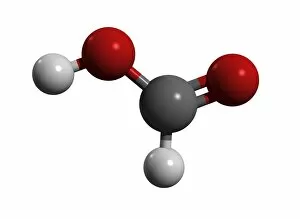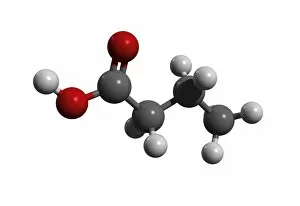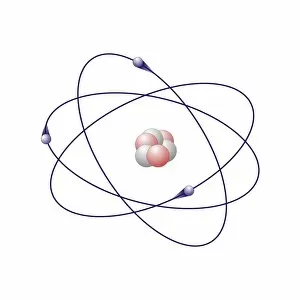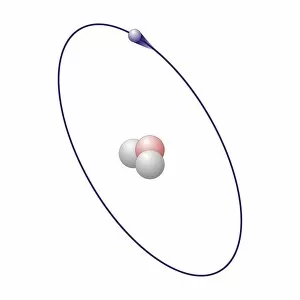Physical Science Collection
"Unleashing the Power of Physical Science
All Professionally Made to Order for Quick Shipping
"Unleashing the Power of Physical Science: From Fruit-Powered Clocks to Alien Worlds" Witness the marvels as a fruit-powered clock defies conventional notions of energy sources. Step into history with an engraving capturing the forthcoming meeting of esteemed minds at the British Association, discussing groundbreaking discoveries in physical science. Delve into atomic wonders with captivating models showcasing Beryllium, Helium, and Boron - elements that shape our understanding of matter. Explore uncharted territories as a mysterious stone android stands alone on an alien planet, raising questions about its origin and purpose. Experience curiosity through the lens of an android taking a closer look at a delicate butterfly, bridging the gap between artificial intelligence and nature's beauty. Reflect on identity as an android examines a representation of herself, blurring boundaries between human consciousness and technological advancements. Unearth ancient secrets as Android fossils are discovered preserved in sedimentary rock on an enigmatic alien world, challenging our perception of life forms across galaxies. Journey to Earth's core through a mesmerizing cross-section illustration revealing hidden layers that drive geological forces shaping our planet's destiny. Witness robots tirelessly gathering rich mineral deposits from the surface of an alien moon - testament to humanity's relentless pursuit for scientific advancement beyond borders. Marvel at buckyballs suspended in interstellar space near regions brimming with star formation - tiny carbon structures hinting at vast cosmic mysteries yet to be unraveled by physical science enthusiasts like you.


